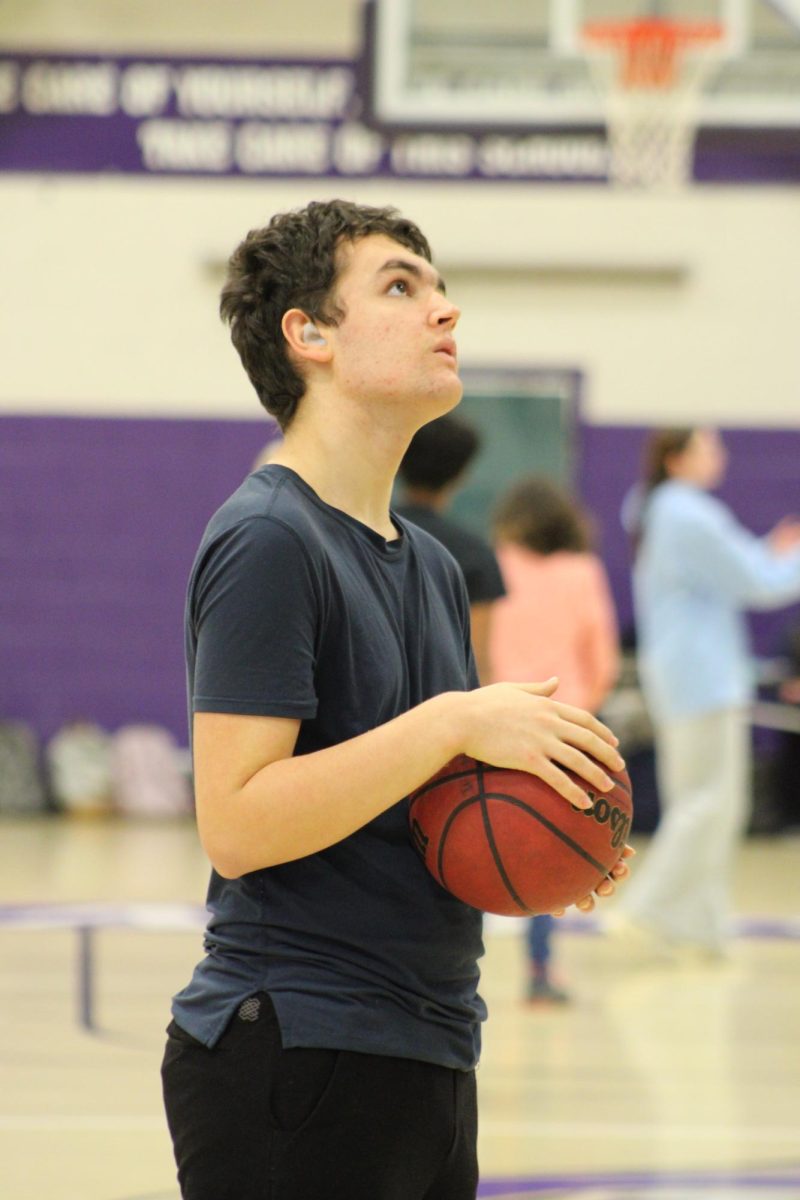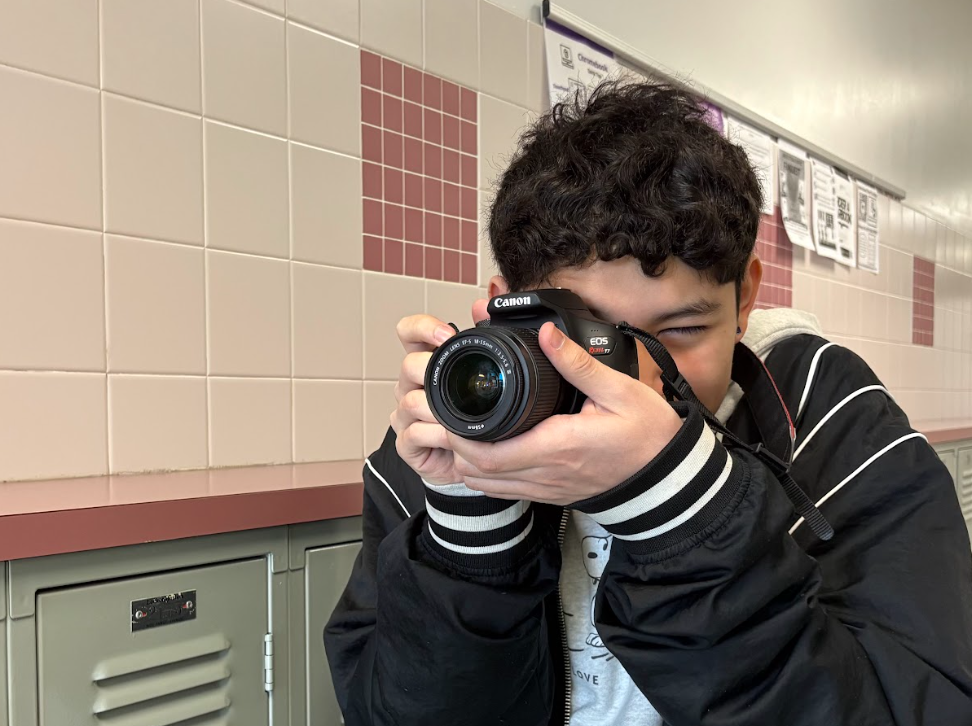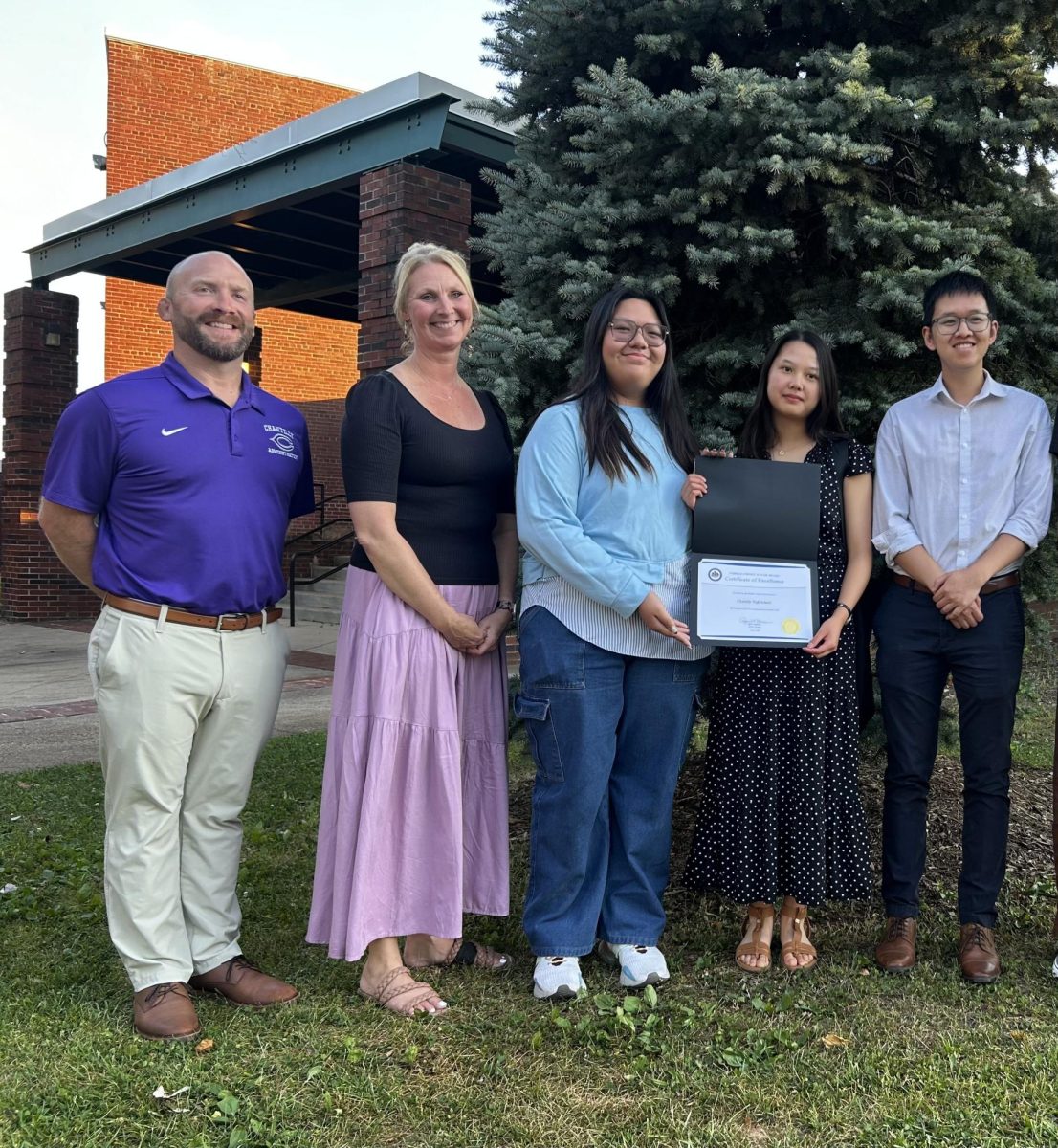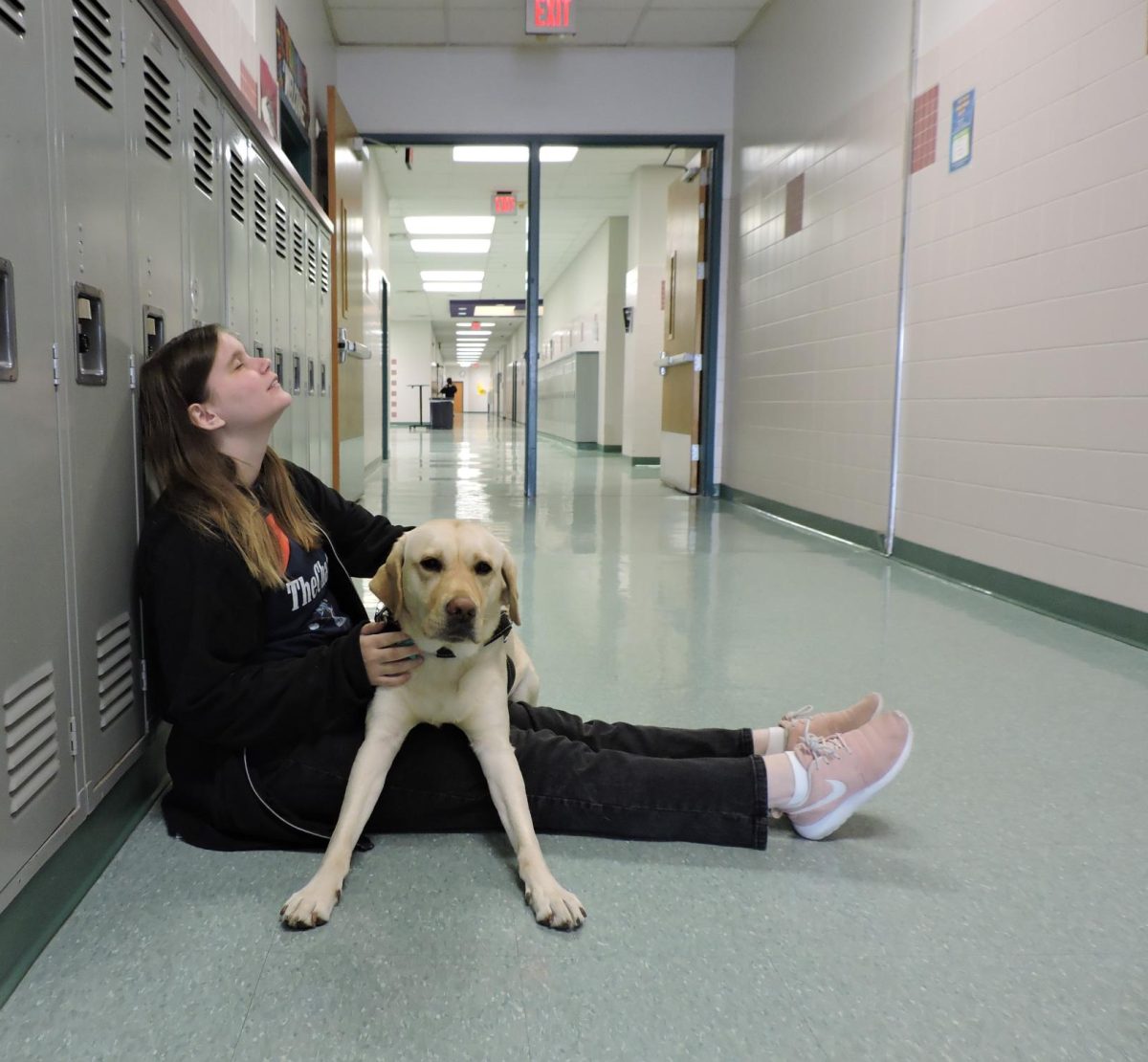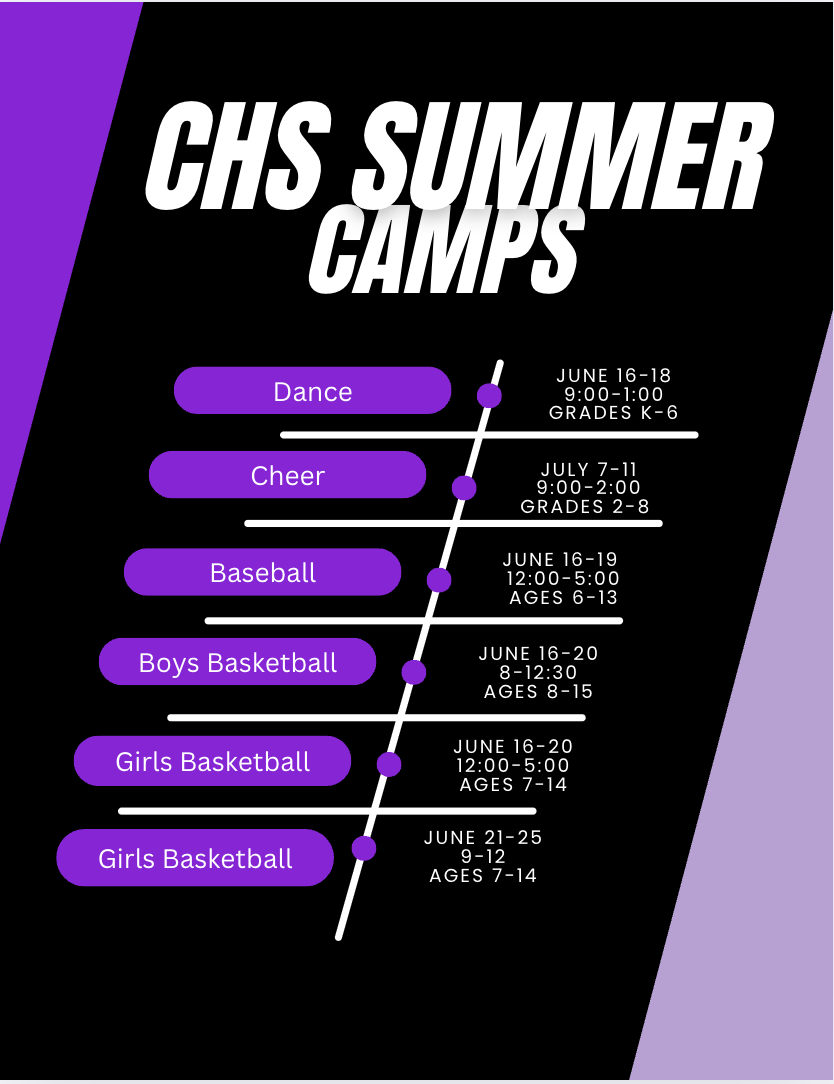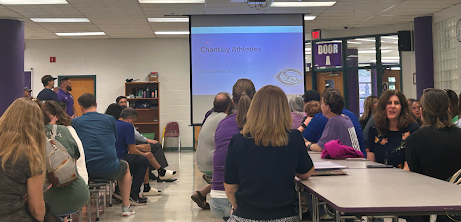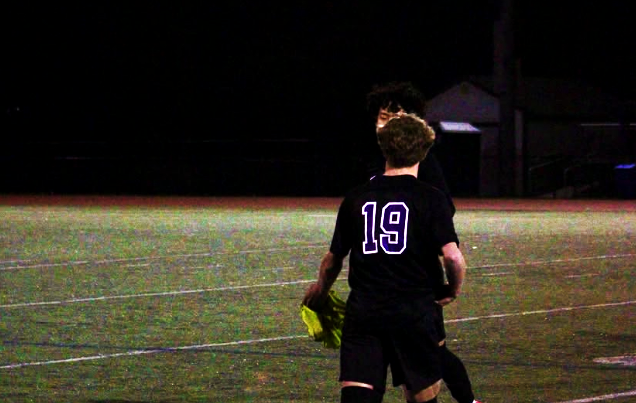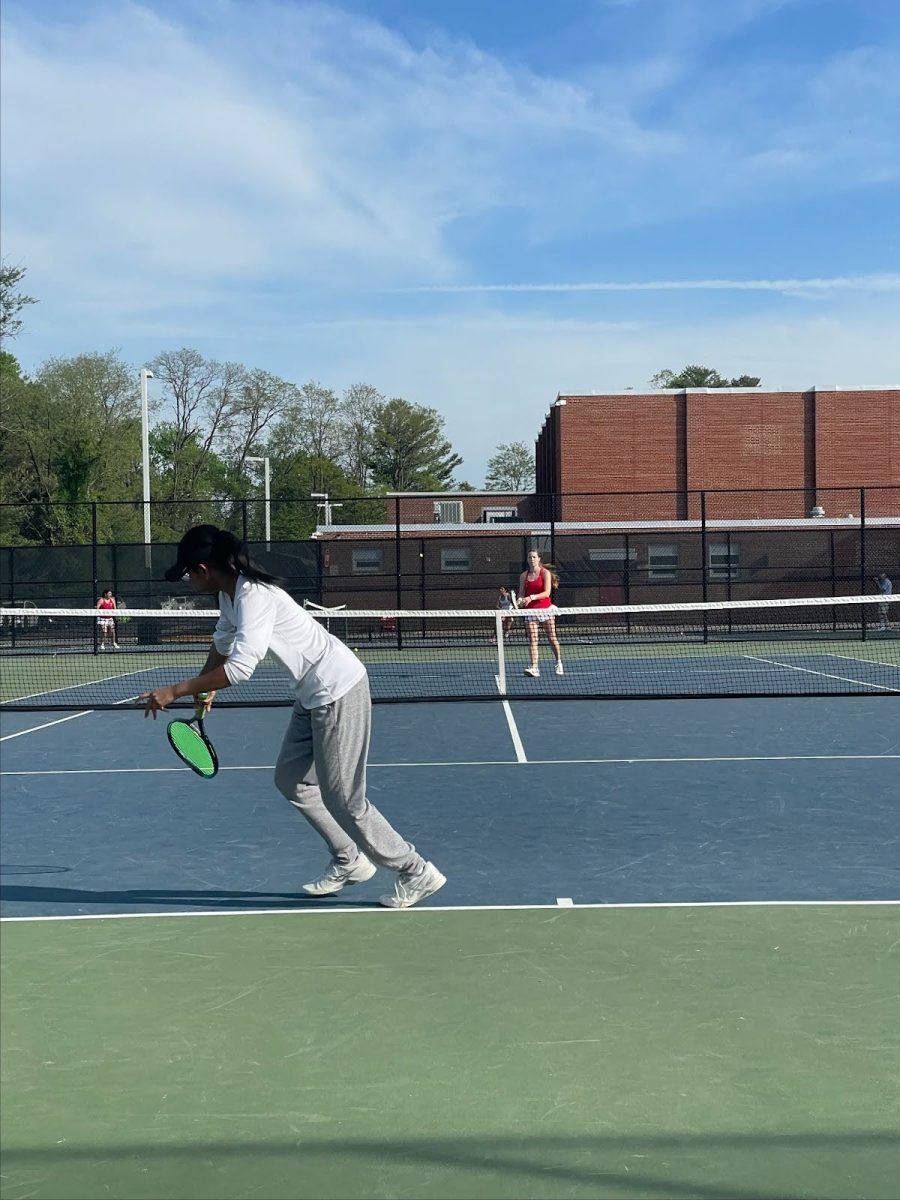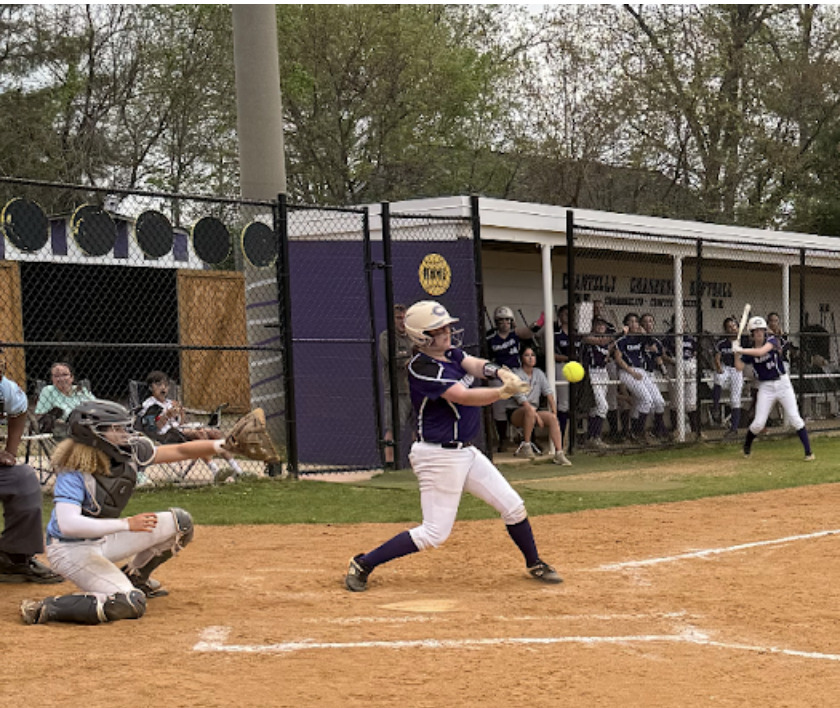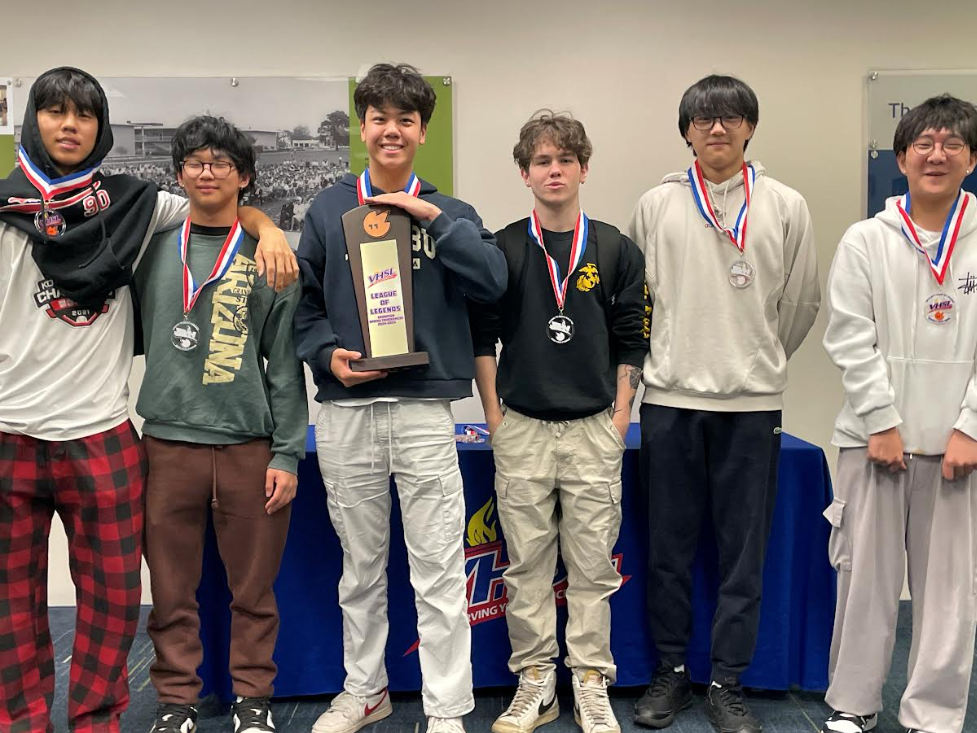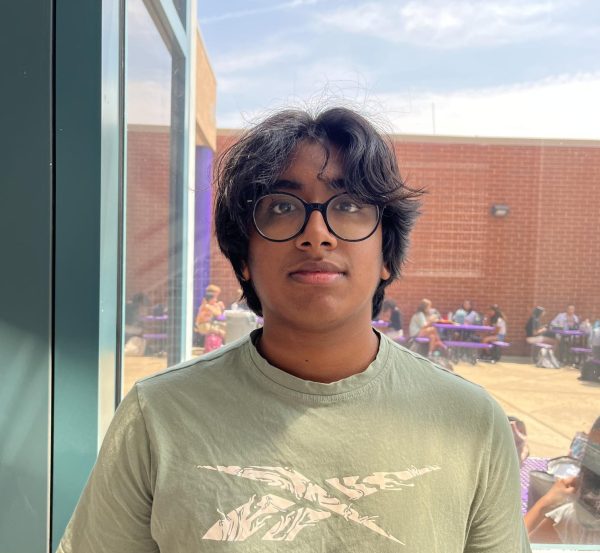Over 520,000 student athletes played for colleges and universities in 2021-22, according to The National Collegiate Athletics Association as of 2021-2022. According to Scholarship Stats.com, a little over 7% of high school athletes (1 in 13) make it to play a varsity sport in college, and less than 2% of high school athletes (1 in 57) go to play at NCAA Division 1 school.
Senior Cyrille Tchokokam is the center back for varsity soccer. Recently, Tchokokam committed to the Air Force Academy located in Colorado Springs, Colorado. The Air Force Academy is a NCAA Division 1 school that combines athletics, leadership character development and military training.
“The Air Force Academy offers the most doors in terms of future careers I will be able to pursue,” Tchokokam said. “It was a difficult choice because it’s very far from home and in an area where I have no family. I may often miss out on time with friends and family because of games and events in different states.”
According to The National Collegiate Athletics Association, three in 50 high school student athletes go on to compete as NCAA athletes. For Tchokokam, there was a 1.3% chance of making it to NCAA Division 1.
“I think scholarships are harder to come by these days, and a lot of times we have students that would like to play at a level that they don’t get a scholarship for,” assistant director of student services Kevin Ford said. “Only Division I and Division II players are eligible for scholarships, but for most kids I think the goal is to have the opportunity to play and be on the program, be part of a team, and from there you can earn more if you deserve more.”
Senior Shaker Mohammed is the tight end and linebacker for varsity football. Mohammed is committed to Virginia State University in Petersburg, Virginia.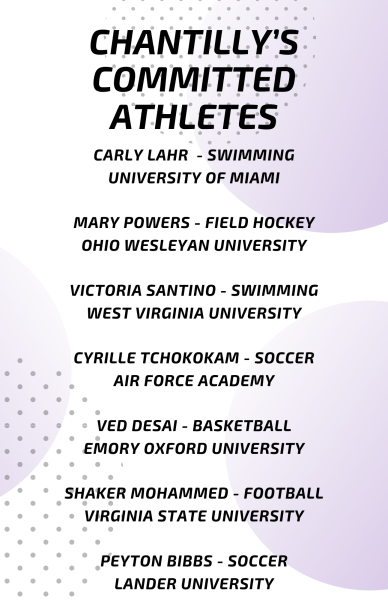
“For me, picking VSU was an easy choice,” Mohammed said. “I knew once I got on campus that it was a fit for me, from the people to the facilities. Not only was it a perfect match for student life, they also offered me a full ride, which is financially good for me.”
According to The National Collegiate Athletics Associaiton, Mohammed had a 1.9% chance of making it to NCAA Division 2.
“The road leading here was definitely hard; I first started playing football my freshman year, which meant I was later than most,” Mohammed said. While being late to the game was hard on me, it wasn’t nearly as hard as in my junior year, finally getting the starting position on varsity that I wanted and not taking advantage of the opportunity at hand. I began playing lackadaisical and lost my spot. This began my arc of wanting to be the best.”
There are many factors that go into getting a scholarship, and even maintaining a college sport. According to The National Collegiate Athletics Association, Division I athletes spend anywhere from around four to nine hours on their sport during a competition day.
“Number one, make sure that college sports is what you would like to do because now they are almost like a full time commitment, and I think sometimes the understanding from our students is not knowing what all that entails,” Ford said. “You have to really like your sport, and understand that other parts of your social time are going to be given up, so I think the biggest thing is just to work hard and contact those schools you’re interested in.”






